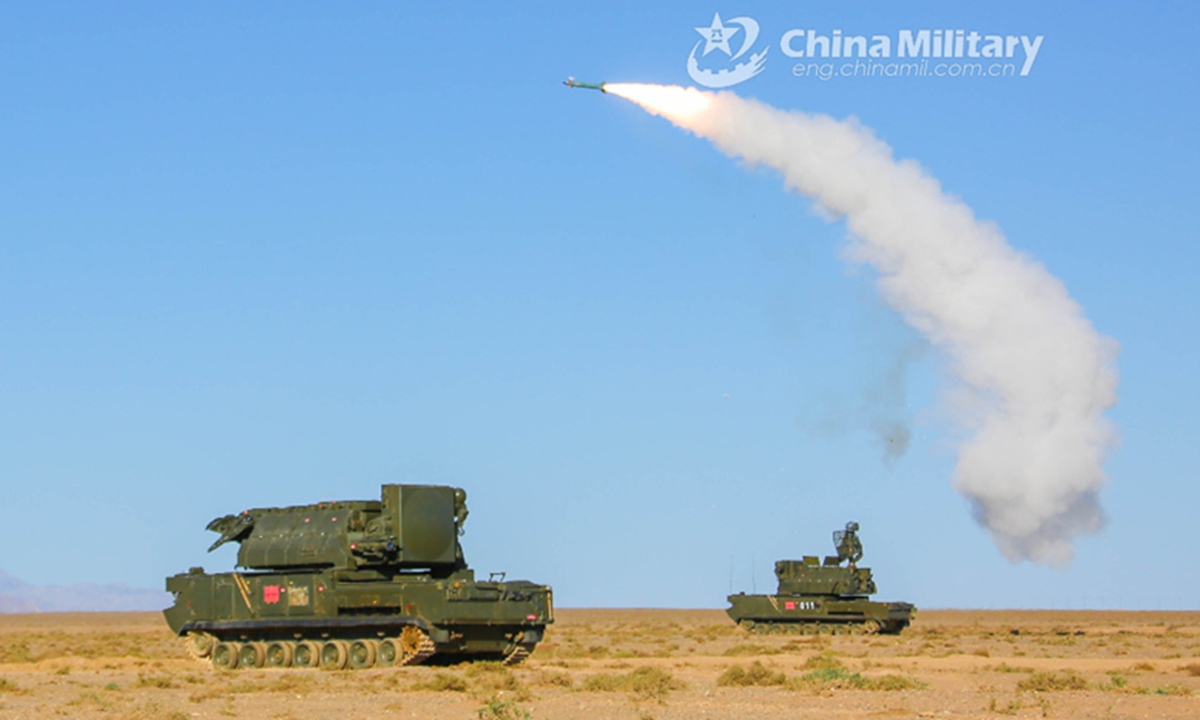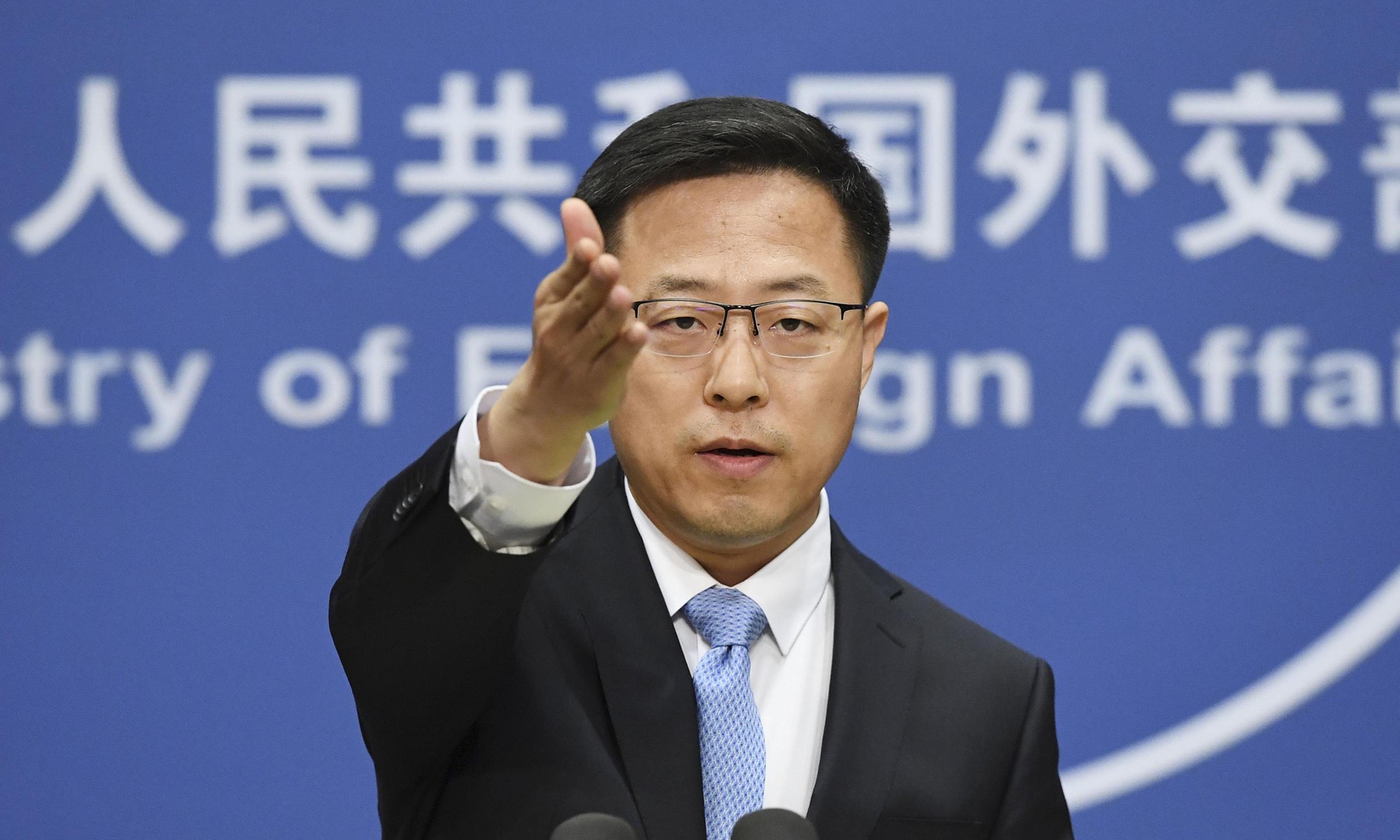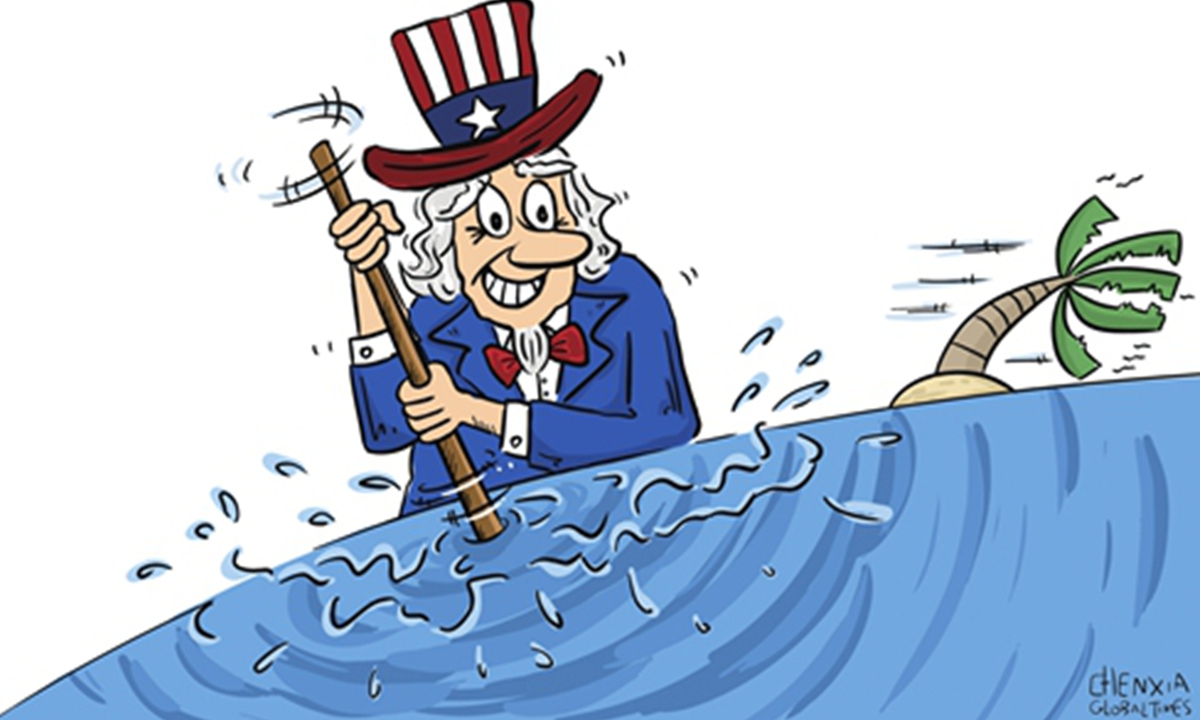 |
In a nutshell, it is not just the rise of China which is responsible for the decline of the US. - Filepic/REUTERS -China and the decline of US power | Astro Awani |

 |
| Indecline :: Do You Know Where Your Thoughts Come From? |
Constant attacks by some US elites on China will, according to some observers, diminish and disappear once the US presidential election is over in November 2020. This is unlikely to happen for at least two reasons. One, the issues that underscore the targeting of China are fundamental in nature and go beyond elections and personalities. Two, at the root of some of these issues are questions of power— of dominance and control— whose resolution will span decades if not centuries.
In examining the interface between the US and China, I shall begin with those areas of conflict where the latter has surpassed the former. This will be followed by reflections on manifestations of US power which are not as formidable as they are made out to be. Conclusions will be drawn from these two categories on the emerging pattern of global power.
Within specific sub-fields of science and technology, China appears to have moved ahead of the US. Maritime surveillance and lunar geography would be two such sub-fields. Chinese advances in electronics and telecommunications have also been breathtaking. It is because China is at the forefront of cutting edge technology that there is so much anxiety in the US and the West today about China’s ascendancy. Those who have dominated the world for so long know that it is mastery over science and technology that endows a nation or civilization with power and strength.
Its mastery over science and technology is one of the reasons why in a few decades China has become the factory of the world manufacturing a whole range of affordable, quality goods for people everywhere. China’s success in penetrating markets has made the nation indispensable to the global economy. Even in the entertainment industry, a video-sharing platform like Tiktok has become a sensation among the young prompting US authorities to impose curbs upon it .
More than its production of goods and services, it is China’s massive global infrastructure transformation through its Belt Road Initiative (BRI) that is destined to have a lasting impact upon humankind. An endeavor that spans 138 countries, the BRI connects Asia with Africa and Europe through land and maritime routes. It not only seeks to build highways and ports but also attempts to initiate agrarian projects and accelerate industrial ventures which will raise incomes and increase productivity of many poor countries
Compared to the BRI there are other spheres where US power appears to be overwhelming. But if we probed each of these spheres carefully, we would discover that US power is only a veneer. Its so-called military prowess is a case in point. Though the US has a huge arsenal and some 800 military bases girding the globe, we forget that it has not won a single major war since the end of the Second World War. Vietnam, Iraq, Somalia, Libya, Syria, and Afghanistan testify to this. In fact, its involvement in wars in the last 50 or 60 years have been unmitigated disasters.
Another pillar of US power is the US dollar— the world’s reserve currency. The dollar is no longer as dominant as it once was. In 2015 for instance, approximately 90 % of bilateral transactions between China and Russia were conducted in dollars. By 2019 “the figure had dropped to 51%”
US imposed sanctions against Russia since 2014 following Crimea’s restoration to Russia contributed to this. The US also imposed “tariffs on hundreds of millions of dollars worth of Chinese goods “ which forced China to de-dollarise.” Moscow and Beijing reinforced their financial relationship in June 2019 through a deal “ to replace the dollar with national currencies for international settlements between them.” Russia has also been accumulating yuan reserves at the expense of the dollar.
The US also perpetuates its global dominance through an extensive propaganda network which projects the US as the greatest nation on earth. It is a portrayal which has lost its lustre in the last couple of decades. The US led invasion and occupation of Iraq in 2003 which was unjust as it was immoral tarnished the US’s image in the eyes of the world. Increasingly, it has come to be perceived as a rapacious nation which has no scruples about slaughtering hundreds of thousands of innocent people in pursuit of its hegemonic agenda.
More than its role in wars and all the sufferings they cause, the US elite’s failure to govern effectively has shattered and battered its image The coronavirus pandemic and the economic miseries generated by it, have revealed that compared to some countries in Asia the US elite is incapable of protecting the well-being of its own citizenry. With 176 thousand fatalities and 5.68 million infections as of the 22ndt of August 2020,the elite stands condemned for betraying and sacrificing the people. If good governance is the hallmark of a ‘developed nation’ then the US can no longer lay claim to that status.
The coronavirus pandemic with all its dire consequences has also exposed how deeply flawed notions of ‘freedom’ and ‘the rights of the individual’ are in the US When freedom of the individual relegates the collective good of society to the margins, it breeds a self-centred obsession with freedom which in the ultimate analysis undermines freedom itself. If freedom and the celebration of the individual are the glorious attributes of societies like the US, the pandemic has shown us all how ugly their misconception and misapplication can be.
In a nutshell, it is not just the rise of China which is responsible for the decline of the US. Its own distorted perspective on power , its perverted sense of individual freedom and most of all its lust for global hegemony have all contributed to its fall. This is why as the American people approach yet another presidential election, they should for their own good reflect upon their own flaws and foibles as a nation. It is humility and honesty of this sort that is the need of the hour.
by Chandra Muzaffar.Dr Chandra Muzaffar is the president of the International Movement for a Just World (JUST).
Source link
More articles by:
Curbing the Coronavirus, While Targeting China
Related Posts:

Related Posts:
China deters US provocations: close-up recon on PLA drills with spy plane breaching no-fly zone
Who can win in South China Sea clashes?
Global connection, disconnection, reconnection

US president’s move to get a cut from TikTok as an ‘extortion threat’ and ‘mafia deal’

Global de-dollarisation fast underway; US Printed More Money in One Month Than in Two Centuries, US$ is fast becoming Banana Currency





















